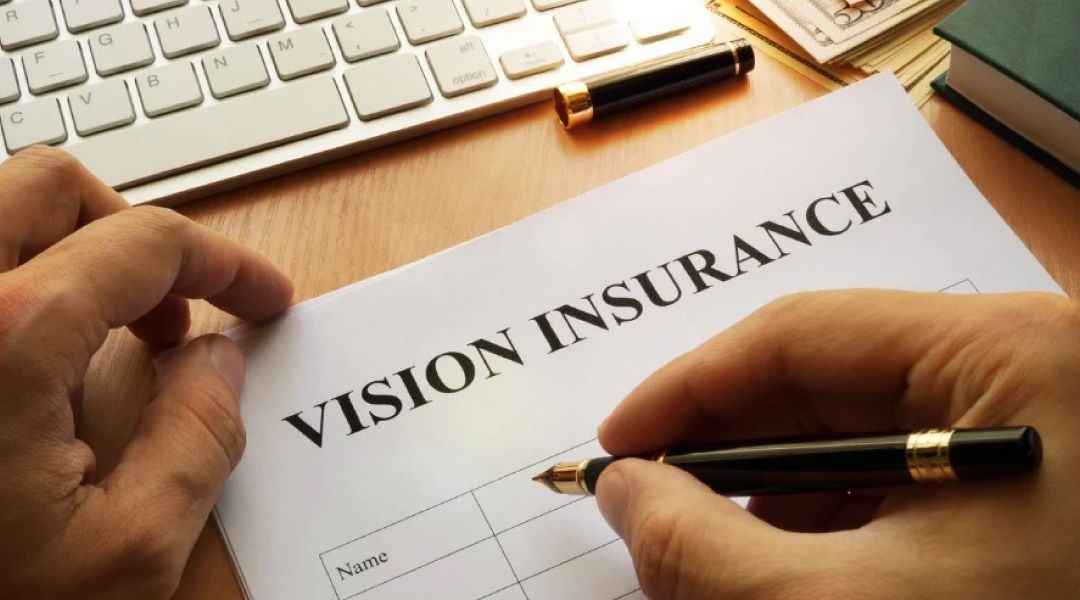Understanding Eye Insurance: Comprehensive Benefits vs. Discount Plans

Read time: 3 minutes
When it comes to taking care of our health, we often focus on comprehensive medical coverage, but what about our eyes? Eye health is an integral part of our overall well-being, and it deserves just as much attention. This is where eye insurance comes into play. However, not all eye insurance plans are created equal. Some offer comprehensive benefits that cover a wide range of eye care needs, while others are merely discount plans. In this article, we will unravel the complexities of eye insurance, helping you differentiate between comprehensive benefits and discount plans.
The Basics of Eye Insurance
Eye insurance, or vision insurance, is designed to help you manage the costs of eye care services, including routine eye exams, eyeglasses, contact lenses, and even surgery when necessary. These insurance plans are generally provided by private companies, and in some cases, they may be offered as part of a broader health insurance package.
Here's how eye insurance typically works:
- Premiums: You pay a monthly or annual premium for your eye insurance, much like other insurance policies.
- Covered Services:
The insurance plan specifies which eye care services it covers, such as annual eye exams, prescription eyeglasses, or contact lenses.
- Co-pays: You may have to pay a co-pay for certain services. You may have to pay for additional testing and services out of pocket.
- In-Network Providers: Most insurance plans have a network of preferred eye care providers. Visiting in-network providers usually means lower out-of-pocket costs.
Now, let's delve into the key distinction: comprehensive benefit plans vs. discount plans.
Comprehensive Benefit Eye Insurance Plans
Comprehensive benefit eye insurance plans offer coverage for a wide range of eye care services. They typically include:
- Annual Eye Exams: These plans cover the cost of regular eye exams, allowing you to maintain your eye health through preventative care.
- Prescription Eyeglasses: Comprehensive benefit plans often cover a significant portion of the cost for prescription eyeglasses, including frames and lenses.
- Contact Lenses: These plans may offer coverage for contact lenses, either partially or in full, depending on the specific plan.
- Specialized Services: Some comprehensive benefit plans extend their coverage to specialized services like laser eye surgery (LASIK or PRK) when medically necessary.
- Low Co-pays: Co-pays for covered services are usually minimal, making eye care more affordable.
- Co-pays for Upgrades: In many instances, your insurance will allow you to enhance your eyewear/eye exam with cosmetic or advanced technological options by paying a fixed co-pay.
Comprehensive benefit eye insurance plans typically come with a higher premium, but the extensive coverage justifies the cost, especially if you have specific eye care needs.
Discount Plans for Eye Care
On the other hand, discount plans for eye care are not insurance in the traditional sense. Instead, they provide discounts on various eye care services. Here's how they work:
- Membership Fee: You pay an annual or monthly membership fee to access the discounts offered by the plan.
- Discounted Services: These plans provide discounts on services like eye exams, eye glasses, and other services when you visit providers in their network.
- Limited Coverage: Discount plans do not cover the full cost of services but offer reduced prices on specific items.
Discount plans can be a cost-effective option for individuals with minimal eye care needs. However, they are not a substitute for comprehensive eye insurance if you require regular exams, have prescription eyeglasses, or need extensive eye care services.
Making the Right Choice
When choosing eye insurance, it's essential to consider your specific needs and budget. Comprehensive benefit plans are ideal for those with significant eye care requirements, while discount plans may be suitable for those seeking occasional savings on eye care expenses. Make sure to read the terms and conditions of any plan carefully, and if you have unique eye care needs, consult with your eye care provider to determine which plan is best for you.
Eye insurance is an invaluable tool for safeguarding your vision health. Understanding the difference between comprehensive benefit plans and discount plans empowers you to make an informed choice and ensure that your eyes receive the care they deserve.
Related Topics: Navigating Eye Insurance: Employer-Paid vs. Self-Pay Options
Share this blog post on social or with a friend:
The information provided in this article is intended for general knowledge and educational purposes only and should not be construed as medical advice. It is strongly recommended to consult with an eye care professional for personalized recommendations and guidance regarding your individual needs and eye health concerns.
All of Urban Optiks Optometry's blog posts and articles contain information carefully curated from openly sourced materials available in the public domain. We strive to ensure the accuracy and relevance of the information provided. For a comprehensive understanding of our practices and to read our full disclosure statement, please click here.


















